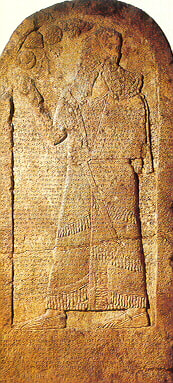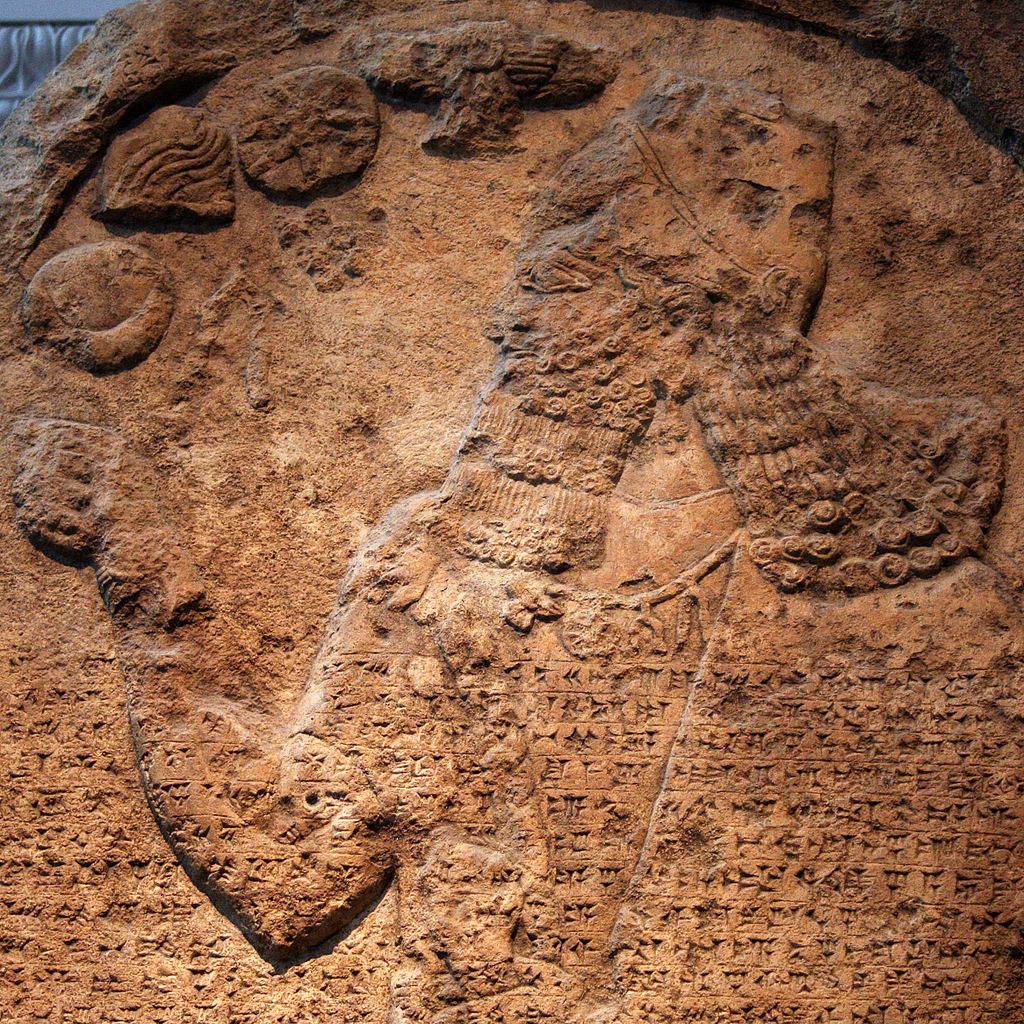|
Perhaps one of the more interesting takeaways from the objects on this list are that most of these discoveries are from outside of Israel Palestine and they are in reference to people and events which take place in the Bible. Not only is the extra-biblical evidence (outside of the Bible) but also it is "extra-Israel/Palestine" (outside of the region of modern day Israel/Palestine). The Kurkh Monolith is among these discoveries which actually mention an Israelite king and while also providing information concerning the strength of his empire. These monoliths were found in Turkey by a British archaeologist by the name of John George Taylor. They are monuments with Akkadian writing describing a famous battle known as the Battle of Qarqar which was between the Assyrian king, Shalmaneser III, and the other West Semitic kings in 854 - 846 BCE. Among these West Semitic kings listed is one “ "A-ha-ab-bu Sir-ila-a-a" which is generally accepted among scholars as “Ahab of Israel,” assumed to be the very same biblical Ahab of the house of Omri mentioned in the 2 Kings chapters 18 – 22. The inscription mentions each West Semitic king by name and by the military might which they brought to the fight. Ahab was said to have brought “2,000 chariots, 10,000 soldiers” which is a massive military force, second in strength by numbers only the Hadad-ezer of the Arameans. This shows the might of the Northern Kingdom of Israel as well as their significance in the Ancient Near East.
The picture being painted here is one that shows the background of the impending exile of the Northern Kingdom in 722 BCE. Ahab is trying to show his military might against the Assyrians, which the Bible says the prophets have been warning them since the beginning. Ahab is clearly unsuccessful and his war with the Assyrians ends with later Israelite kings forming an alliance with them. The stele is also one of the few archaeological discoveries which also mentions, by name, the nation of Israel rather than "House of _____" (ex. House of Omri, House of David, etc.) in an ancient context. See you tomorrow for number 6 in our countdown to Christmas! -Tal
0 Comments
Leave a Reply. |
Archives
June 2021
Categories
All
|


 RSS Feed
RSS Feed